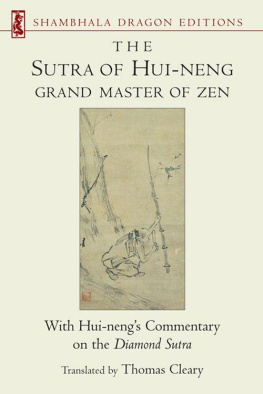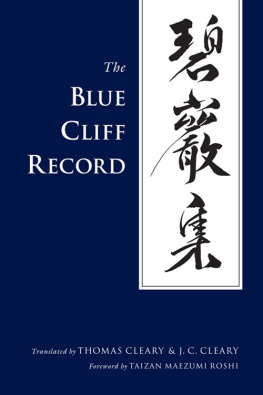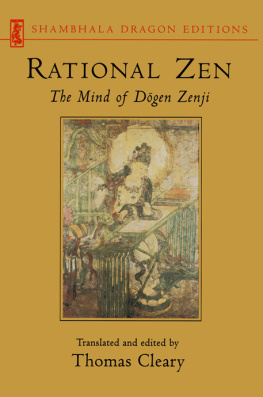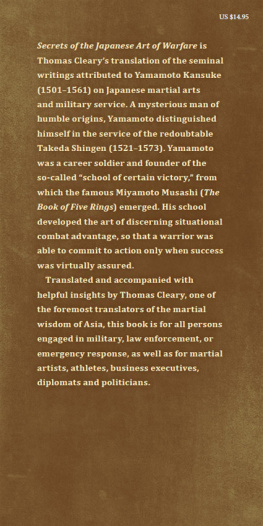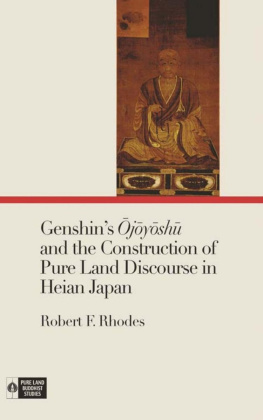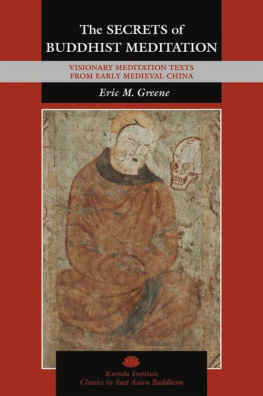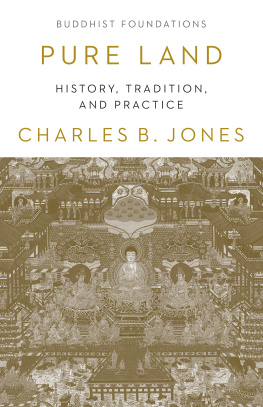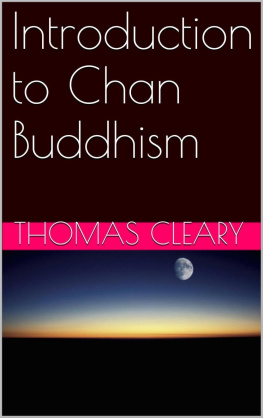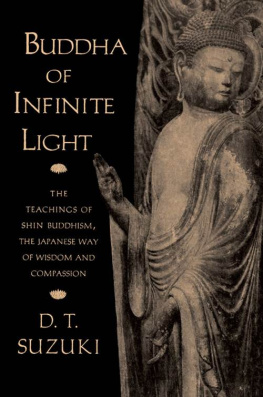Be master of mind, not mastered by mind.
attributed to Buddha, Mahaparinirvana sutra
Buddhism ostensibly began as a science of mental culture, a specialization through which it also branched out into the other arts and sciences. The association of Buddhism with meditation stems from this specialization in mental sciences, which lay at the basis of other achievements.
Many of the external signs of genius attributed to Buddhist practitioners of the East are too well known to be reiterated, but while the people in whom they have been manifest have often been called geniuses, the procedures that unleashed this genius in the first place have repeatedly fallen into disuse with neglect. As a Chan proverb describes this phenomenon, everyone wants to talk about the achievement that crowns the age; no one mentions the sweating horses of the past.
Scripture refers to Buddhist teachings as like medicinal prescriptions, to be applied according to the nature of individuals illnesses, rather than a body of dogma to be adopted. As a consequence, very many different doctrines and practices have been diffused over time. A variety of schools developed by systematizing this fund of doctrines and practices in different ways, and practitioners of these schools also collaborated to develop new syntheses.
Two of the most effective and influential varieties of Buddhism in the East for more than one thousand years have been the school of Meditation (Chan/Zen) and the school of the Pure Land. These movements have presented radically different faces, but have also combined to produce enhanced efficiency in their methods.
The connection of Chan and Pure Land Buddhism goes all the way back to Sanskrit scripture. The central scripture selected for the original Chan school, the Lankavatara Sutra, makes explicit reference to the Buddha of Infinite Light and the associated Land of Bliss, symbols of the basic experiences fostered by Pure Land Buddhist practice, in the most pregnant terms possible:
Buddhas resulting from maturation
and those that are projections,
and beings and bodhisattvas,
and lands too are everywhere:
The Buddhas emanating
as results of the teaching,
and those that are projections,
all issue from the Blissful land of Infinite Light.
The image of the land of the Buddha of Infinite Light is also represented in the Flower Ornament Scripture, which is repeatedly referred to in the Lankavatara Sutra and commonly cited in Chan literature. In the final chapter, The Vow of the Practice of Universal Good, the scripture says,
Acting in accord with the time, may I remove all obstructions,
May I see Infinite Light face to face and go to the land of Bliss.
There, may all these vows be complete;
Having fulfilled them, I will work for the weal of all beings in the world.
Let me abide in the circle of that Buddha, born in a beautiful lotus,
And receive the prophecy of buddhahood there in the presence
Of the Buddha of Infinite Light.
Having received the prophecy there, with millions of emanations
I will work for the weal of beings everywhere, by the power of Buddha.
By whatever virtue I accumulate, having invoked the vow to practice good,
May the pure aspiration of the world be at once all fulfilled.
By the endless surpassing blessing realized from dedication
To the practice of good,
May the worldly submerged in the torrent of passion
Go to the higher realm of Infinite Light.
Testing Teachings
Dont accept what you hear by report, and dont except mere tradition. Dont jump to conclusions based on assumptions. Dont accept a statement just because it is found in scriptures, or on the basis of general acceptance, or because it is what your teacher says. After examination, only believe and act upon what you yourself have tested and found reasonable.
attributed to Buddha, Kalama Sutta
The historical Buddha went through a great deal of personal testing and proving and disprovingof himself, of the traditional culture he inherited, of the experimenters of his time, and of the mystic lore he acquired in his search. After his public recognition as an illuminate, the Buddha was honest enough to say that no one should accept his or any teaching or doctrine just because he said so, or just because anybody said so, even be it the elders and ancestors and experts and voices of traditionbecause a teaching has to be proven by the test of first hand experience. The test of a teaching and practice is how it affects the individual and whether there is any benefit in that.
The synthesis of Chan/Zen and Pure Land practice produced a considerable range of teaching activity. Several of the central figures of Pure Land tradition in China were established Chan masters, and Pure Land practice eventually became a common component of Chan Buddhism. This collection brings together advice and instructions from diverse sources in the Buddhist canon illustrating the practical methods of integrating these forms of meditation.
Contents
Absorption in Mindfulness of Buddha without Descriptions
Five Expedient Methods of Mindfulness of Buddha
Invocation of Buddha and Sitting Meditation
Twin Cultivation of Abstract and Concrete in Mindless Remembrance of Buddha
The Liberation of the Buddhas is Sought in Mental Activity
Difficult and Easy Practice
Four Teachings of Detachment from Thought in Meditation Mindful of Buddha
Those Invoking Buddhas Name Attain Absorption
Chan vs. Pure Land
Pure Mind, Pure Land
The Mental Pure Land, Abstract and Concrete
Encouraging Chan Practitioners Not to Balk at Cultivating the Pure Land
Mind is False Imagination
Urging Chan Students to Include Pure Land Practice
Encouraging Pure Land Practice
Practical Procedure
Absorption in Mindfulness of Buddha with Chan Meditation
Tuning the Breathing for Absorption in Remembering Buddha to Concentrate the Mind
The Essence of Invoking Buddha and Chan Meditation
A Chan Teachers Summary of the Key of the Pure Land School
The Widest Gateway
Keeping on Top of the Invocation of Buddha
Heading Directly for the Transcendent
Clearing the Mind
Your Own Buddha Land
The Inexhaustible Treasury
Steady Will
Essentials of Practice
The Essential Meaning of Invoking Buddha
Total Attention
Single-mindedness
The Power of the Original Mind
On the Founding of a Pure Land Society
Infinite Life
Nothing Added
Answer to Objection to Recitation
Immediate and Gradual
The Non-duality of Chan and Pure Land
Rejecting a Nihilistic Doctrine of Emptiness
A Wakeup to Remembering Buddha
Comprehending Mind
Counting Breaths and Concentration
Desire for Good
Reincarnation and Liberation
Seeds of Buddhahood
Compassionate Expedients and Ultimate Meaning
Dissolving Guilt
Literalism and Experience
Lights of Mind
Luminous Clarity
Absorption in Mindfulness of Buddha without Descriptions
Intelligent people with superior faculties realize this profound principle of absorption in mindfulness of Buddha without descriptions; with a mind like space, poised in equanimity, free from descriptions of soul, person, being, or liver of life. Scripture says, Detachment from all forms is called the Buddhas. Commentary says, Soul is used to conceptualize the internal, person is used to conceptualize the external, being means to continue what is before, liver of life means continuing afterward. Once there is no thought clinging to inside and outside, before and after, then all those descriptions are null and void. Therefore scripture says, If you know there is no soul or person, who undergoes transmigration? There is neither body nor mind to undergo that birth and death.


